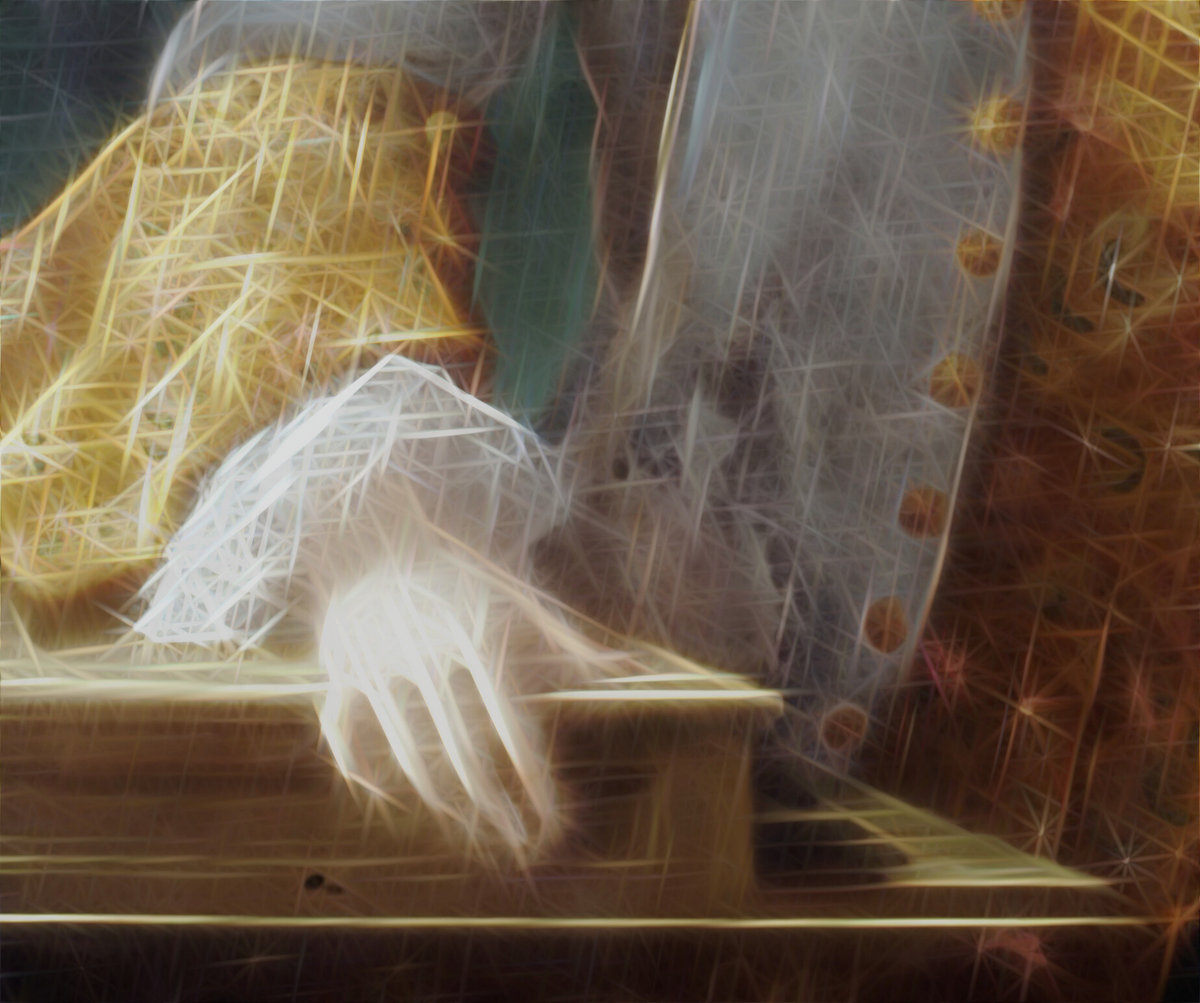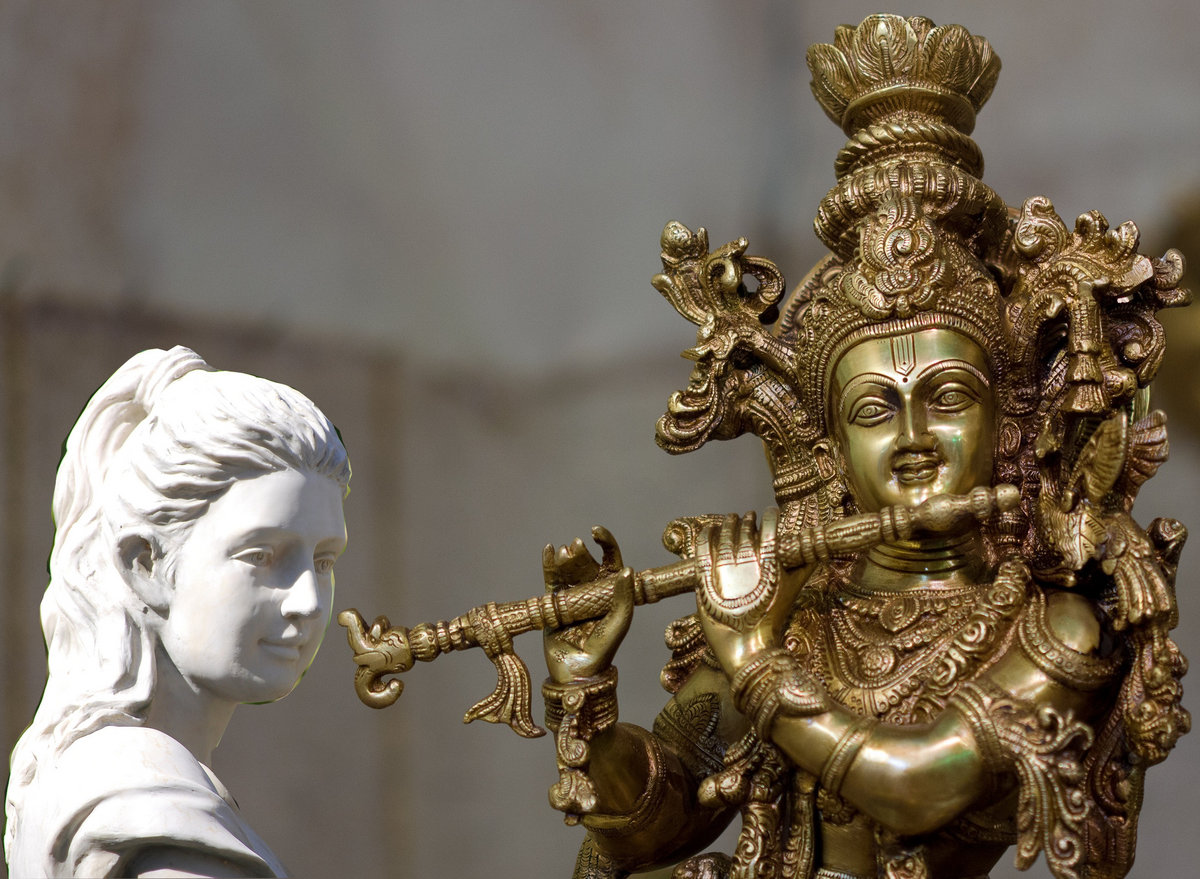Focus!
Yesterday I was at the concert that Focus, the mighty progressive rock band of the Netherlands headed by Thijs van Leer, gave in Belgium.
It's been a magic experience from the very beginning: I arrived at the venue two hours before the concert, and was kindly admitted to the hall 1,5h before the official opening of the doors
I was the only one in the empty hall. Thijs' Hammond Organ, with his flute and baritone flute were there; the six-string bass of Udo Pannekeet laid there abandoned, and so Peter van der Linden's drumkit and Menno Gootjes' effects. Spectral, and fascinating at the same time, as if a Time Witch had stopped the course of time...
Then, people started to show up. They did not question my presence there, luckily, so I safely kept my position right in front of Thijs' organ.
And then, Peter passed by. OMG I was quite shocked and uttered “Hello Mr. Peter!”, to which the drummer replied with a questioning face and just left.
After a few minutes, it happened! Thijs van Leer, Himself, did appear! And I could address him as I had done with Peter. Mr. van Leer was incredibly kind, and we could speak for a few precious moments. In the end I asked him if he could sign the case of my flute. He was surprised, though kindly obliged. He asked me about the brand of my flute, among other things.

And then he went away. Though returned with his wife, I was kindly introduced to. It all seemed as if we were old friends! I could not believe it, and already realized that the concert that was about to begin would be something utterly special.
And then, the concert began. My Gods, “Hocus Pocus”, “Eruption”, and so many lovely gems were produced in front of me with an energy and a passion that were unique.
Every player was outstanding —
Menno on his Les Paul played fantastically and masterfully, with a serious of outstanding techniques, among which tapping combined with the hand-controlled use of the volume, which created right in front of me the same sound miracles that one could hear from Steve Hackett's guitar in early Genesis.
Udo, a unique bass player, created incredible sounds mastering all styles, from pure rock to jazz and blues as if it was nothing. I will forever remember his wonderful solo moment, with the masterly use of harmonics magically produced on his 6-string.
Peter, master of the drums, performed divinely, culminating with a 15m solo that created an incredible, polyrythmical heaven for all of us in the audience.
And Master Thijs... Oh, my God, He really was the Wizard that spelled It all out. His flutes, his organ, his voice... they evoked All-that-is-beautiful, from Bach to Focus. And while doing all this, he conducted the other, appraising them in their best moments, and addressing the audience with the class and elegance of the finest Master of the House... always noble and amable. When watching him, I could not but think how young this great Man truly is, despite whatever his passport might state.

Truly great moments, some of which I have recorded. The volume is inevitably distorted, unfortunately, but I'm so happy to have been the retainer of such a monumental prog-rock Act!


(At 11m01s—11m09s, after the dreadful scream, you can hear my voice in opera-like mode XD)
(The Maestro even makes an “Okay” sign with his hand, not to me of course but ahahaha XD)
Focus! by Eidon (Eidon.Bandcamp.com) is licensed under CC BY-ND 4.0



